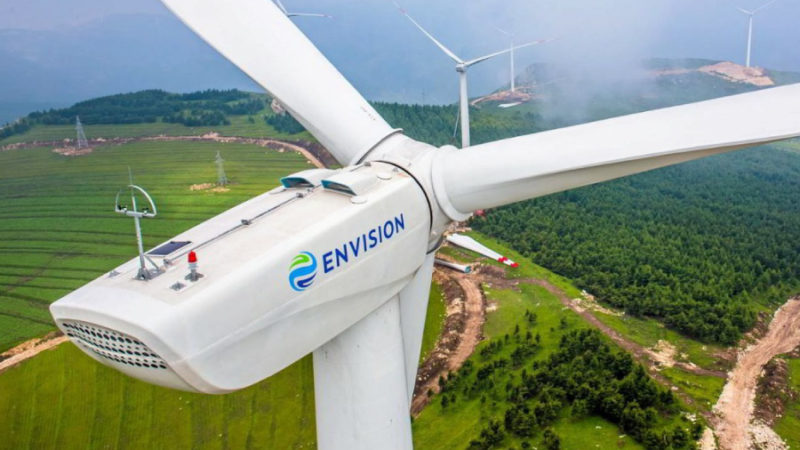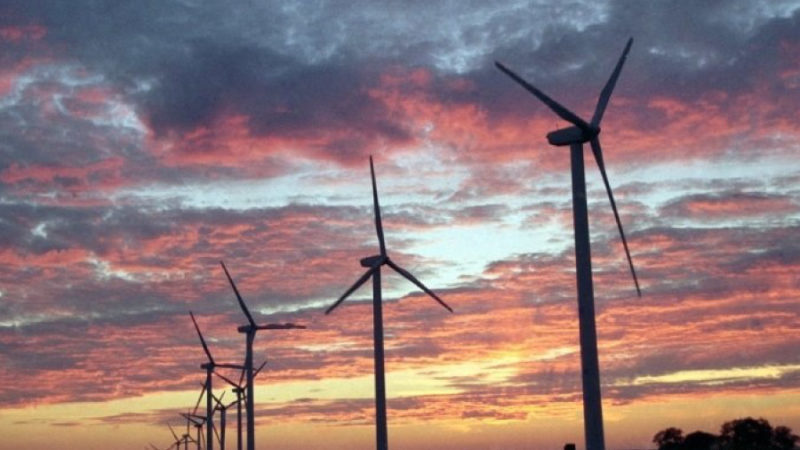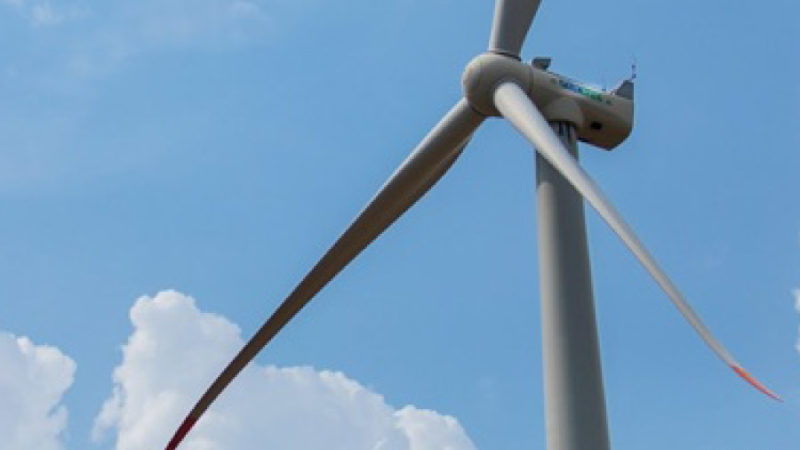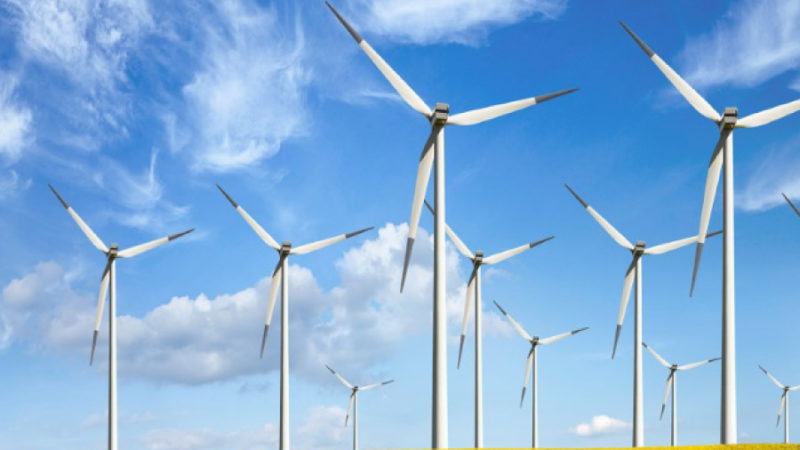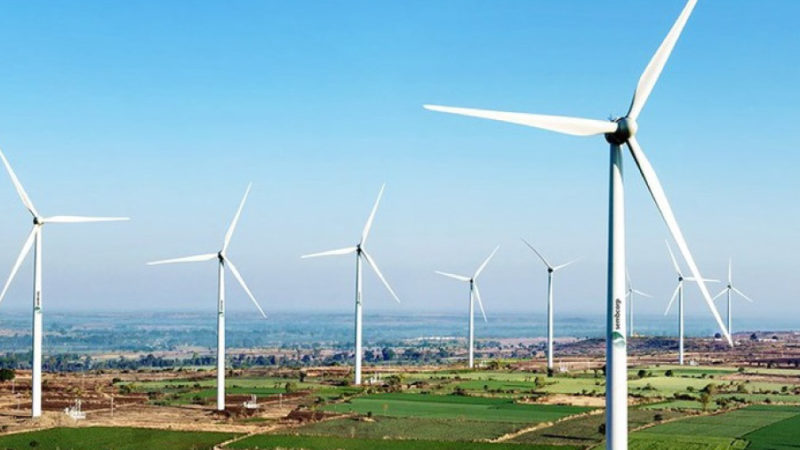Transition Aftershock – Wind Power Sector India
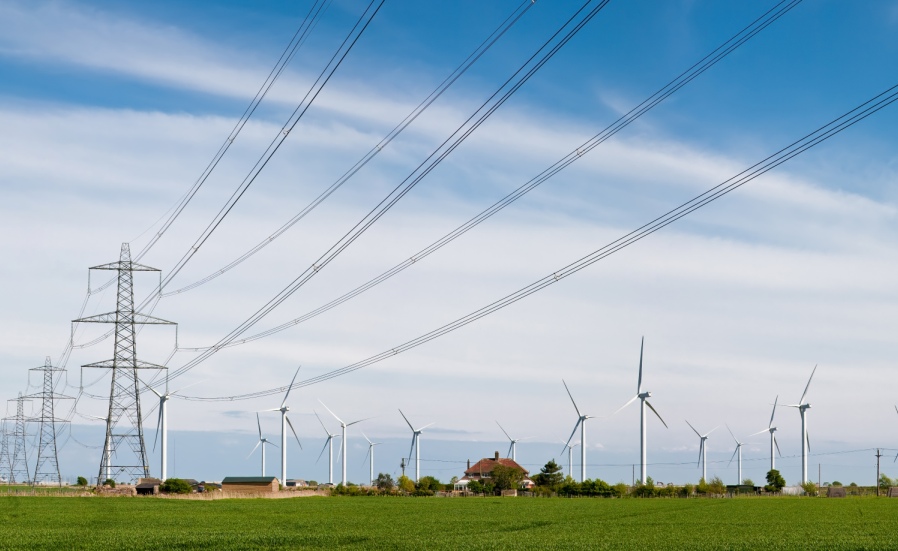
Insight into wind segment’s transition to competitive bidding mechanism, its impact and industry expectations.
The Indian wind energy segment is moving from the feed-in-tariff (FiT) regime to a competitive bidding-based mechanism. While, the first tranche of tendering not only helped the sector to discover drastically low prices, it also gave birth to apprehension about the upcoming competitive pressures and mushroomed challenges related to the renegotiation of old power purchase agreements (PPAs). On the other hand, the wind power manufacturing segment is also facing the heat on account of the low capacity additions expectations over the next two years as the market is struggling with these challenges arising out of competitive bidding regime.
Challenges to Overcome
No doubt, that the competitive bidding mechanism will bring in more transparency in the market while creating a comfortable environment. However, there are certain key issues in regards to upcoming wind power capacity, supporting infrastructure and domestic manufacturing. Further, in terms of the issue related to late payments by discoms, curtailment and delays in providing transmission access – there are still some of the states where the situation has not improved. In addition the industry is still facing the problem of integrating renewable energy with conventional sources.
While there is optimism about the way the market has turned around – however, industry is also concerned with commercial viability of the project which will be known only after the physical execution of the project. This is a serious matter as many have seen high cost overruns at multiple locations in the past due to some of the primary issues faced by the wind industry like getting the right kind of land and ensuring smooth grid-connectivity. Moreover, there are also issues with respect to the right-of-way and access to the lines.
Despite these risks and challenges, the new trends in the wind power industry are – project allocation and tariff determination through reverse bidding and innovation to optimize the project execution process. Thus, the industry expects the government to help provide the right environment where everyone makes reasonable returns as the bidding mechanism starts moving towards a more advanced state for the industry to eventually grow smoothly.
In this respect, there are a number of global examples to learn from and the government should look into a phased ramp-up of the capacity of auctions for better implementation of this mechanism.
Further, grid integration and integrating renewable energy with conventional sources in a manner that there is a set-up parallel to the “energy-on-demand” mechanism are the goals that the industry must endeavor to achieve. For this the government should look into promoting the options like renewable energy storage solutions and renewable-thermal hybrids.
With the shift to reverse bidding mechanism, the wind segment ought to see the increase in competitive pressure. This has necessitated that companies should look closely into various factors of financing, design, life and any other factor that will allow them to lower their costs. Thus, the industry has positive expectations from the government in respect of opportunities that are going to be available in the market and expects that the bidding pipeline should be made more transparent so that companies could plan accordingly.
Also, there should be clear guidelines for states to help them conduct the bidding. In this respect, as each state has a different wind regime, there is a need for state-specific guidelines that can help projects become more attractive.
In addition, similar to the central bids, PPA risks need to be addressed for state bids as well through robust payment security mechanisms. However, there have been some serious troubles, particularly during the recent projects that have come online at a time when there has been a fair amount of pushback from the discoms as they are not interested in off-taking FiT-based wind power due to high tariffs.
The key message is that the industry needs to move quickly with the bidding mechanism so the sector could see addition of significant capacity in 2019.
Conclusion:
India is one of the largest electricity consumers in the world. Backed by current economic trends and expected industrial growth, the demand for power will continue to increase. This not only opens up opportunities for an increase in total energy consumption but also an increase in renewable energy production, over the coming years.
Today, around 70-80 per cent of the wind markets in the world are auction based and we can learn from these countries. It is time for India to accept and adapt this competitive bidding mechanism quickly and look into to identify necessary ways to perfect the process. Once the government along with the industry is able to address these initial technical hitches, project allocation through competitive bidding route will prove to be a favourable policy change for the industry.


